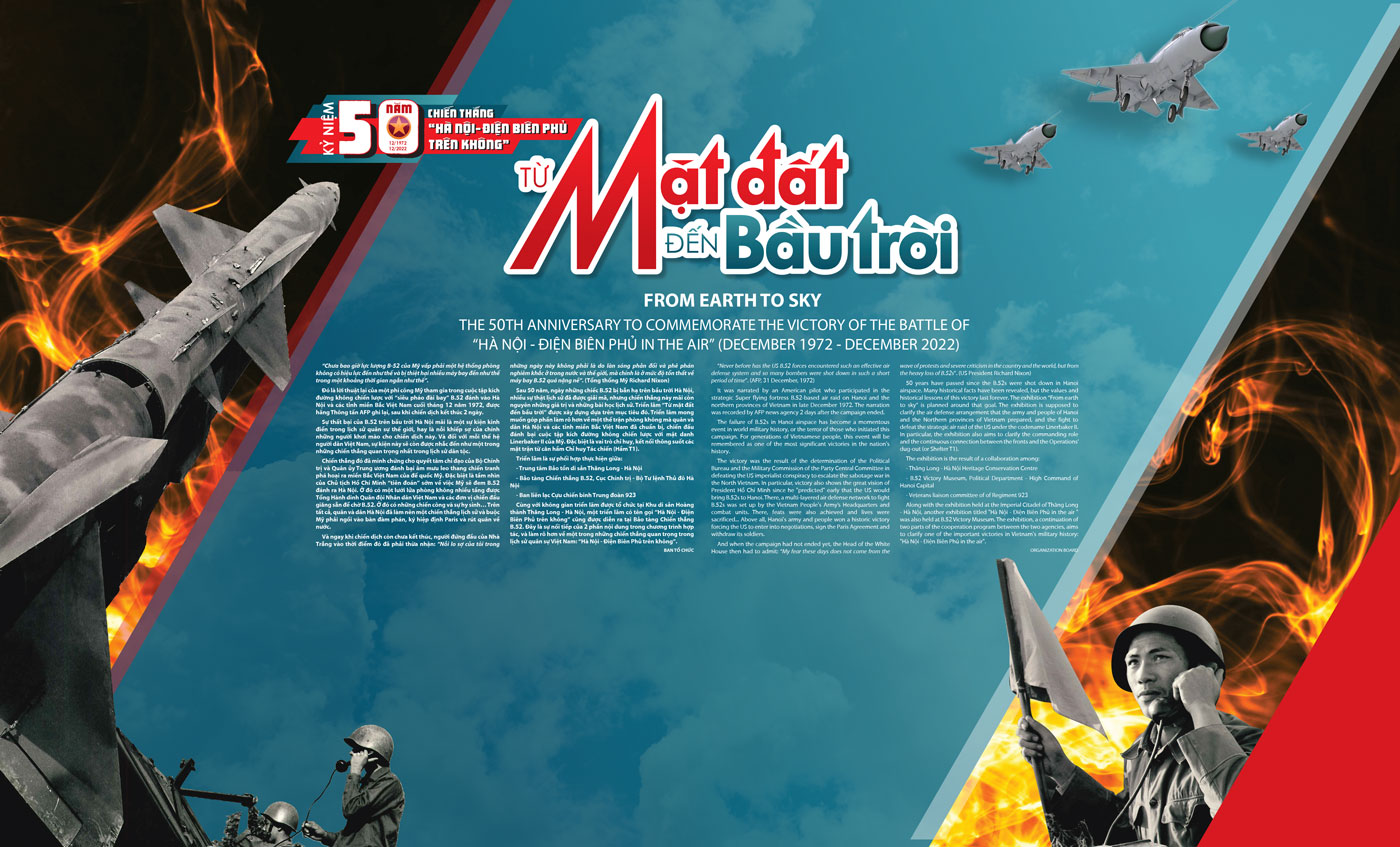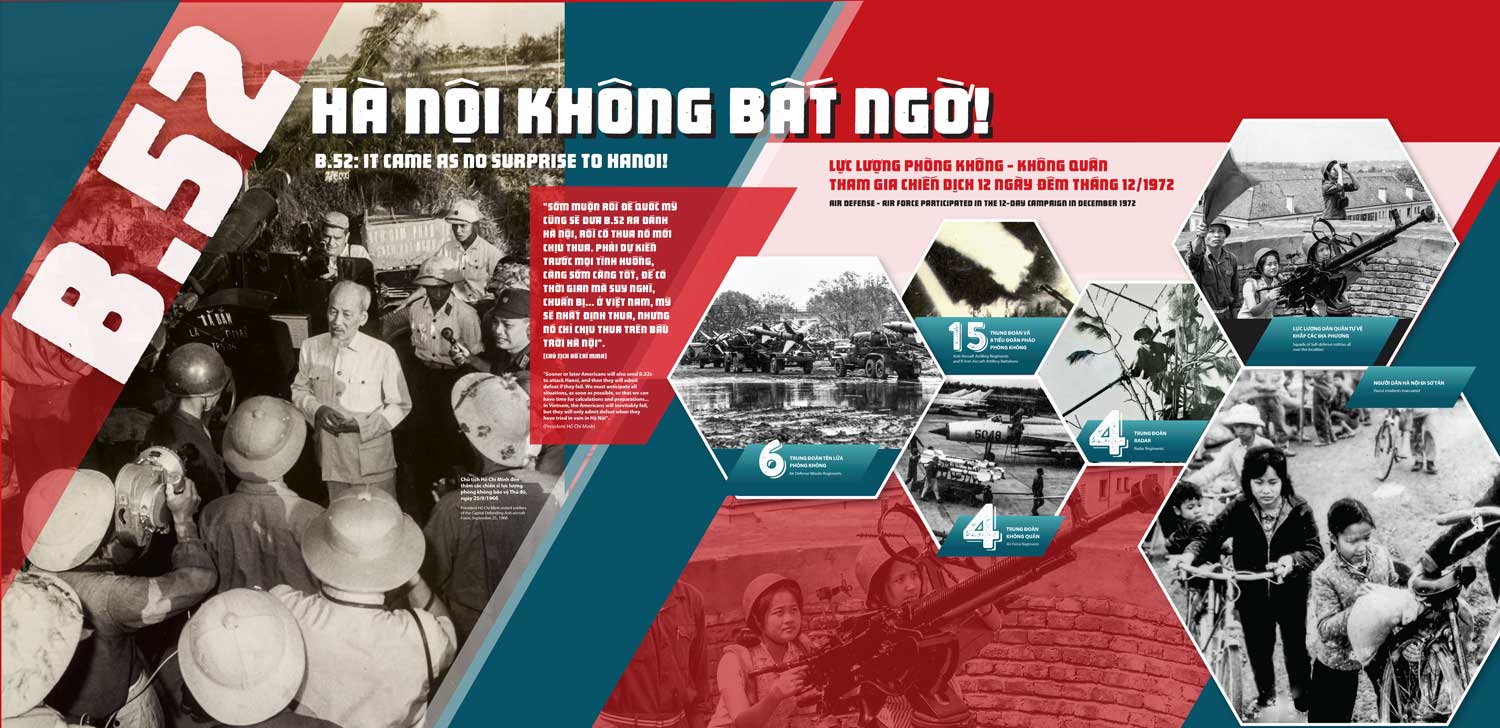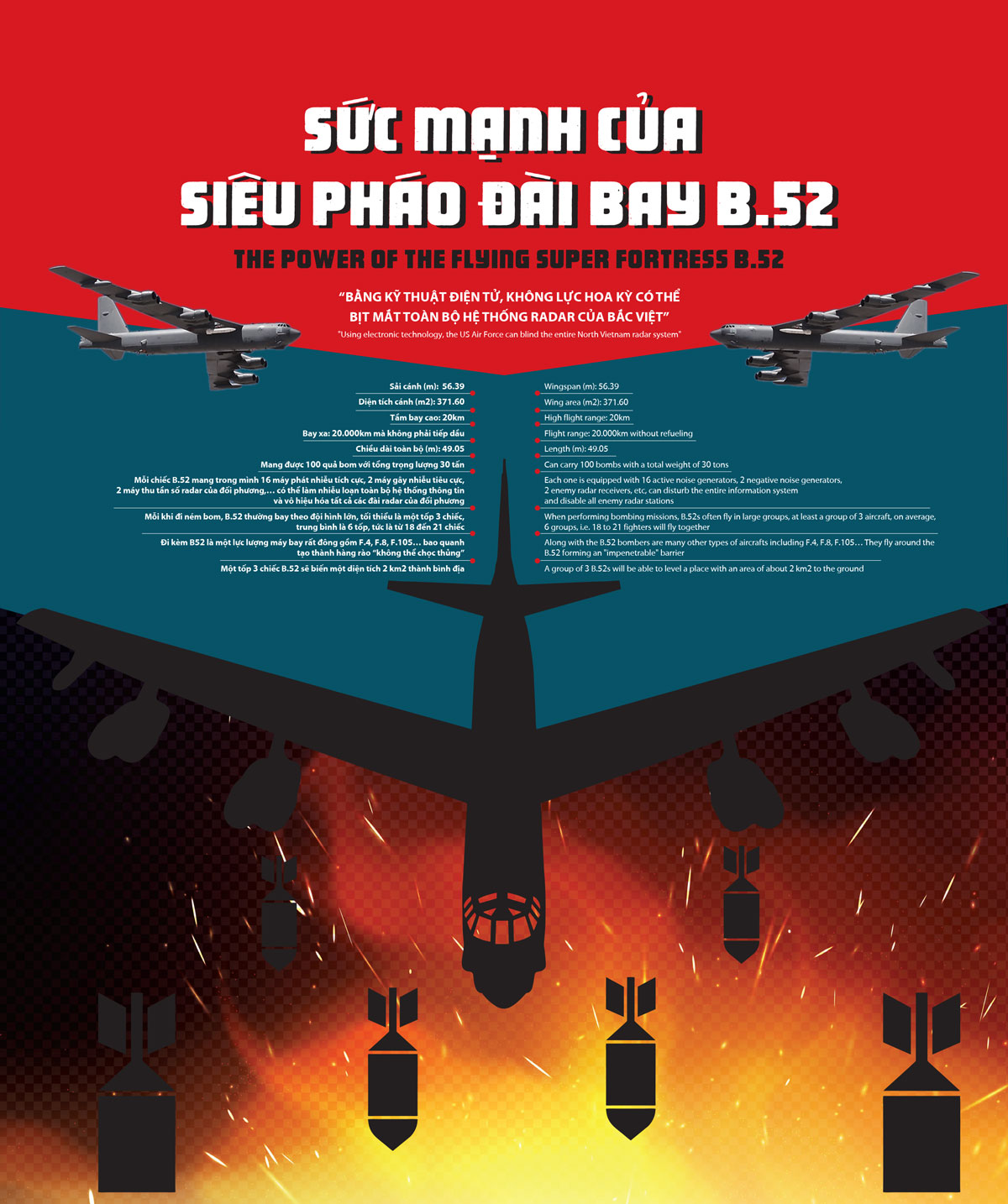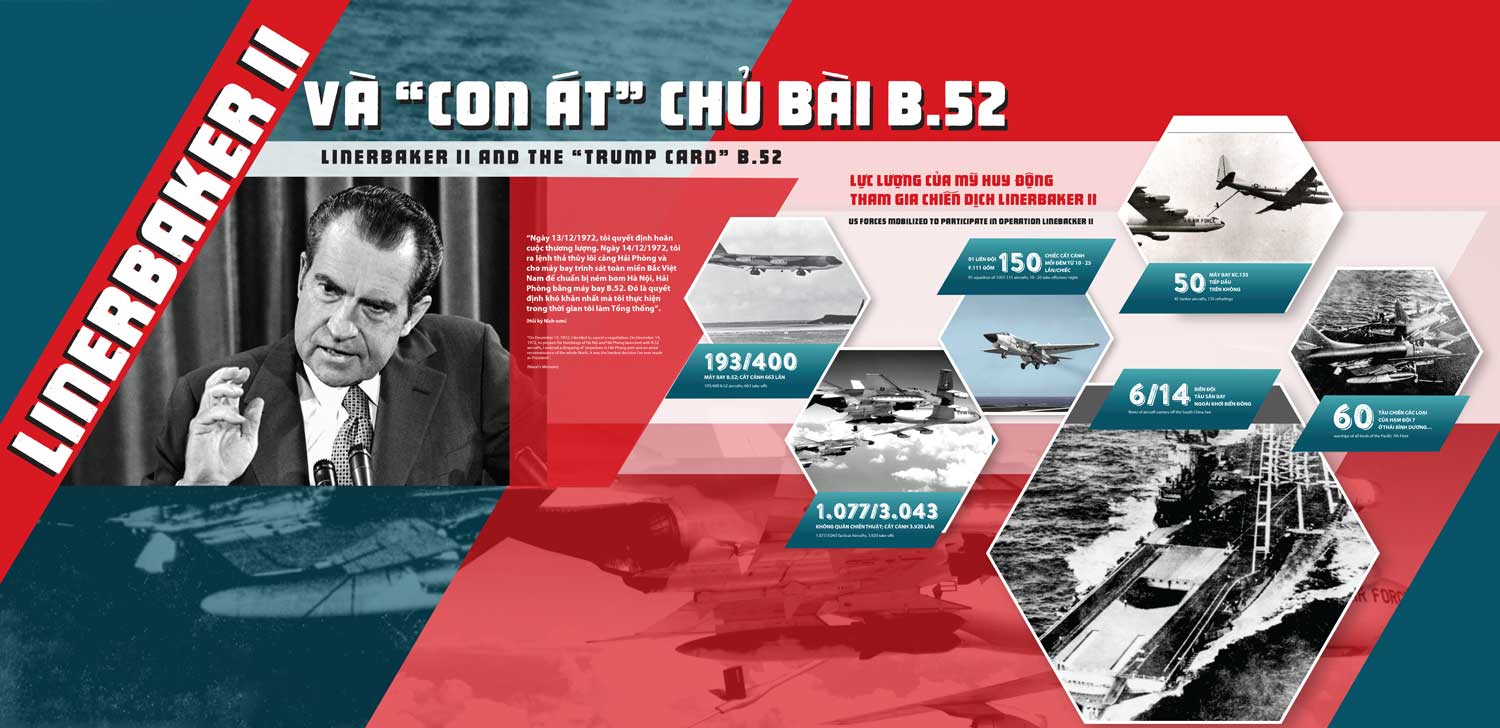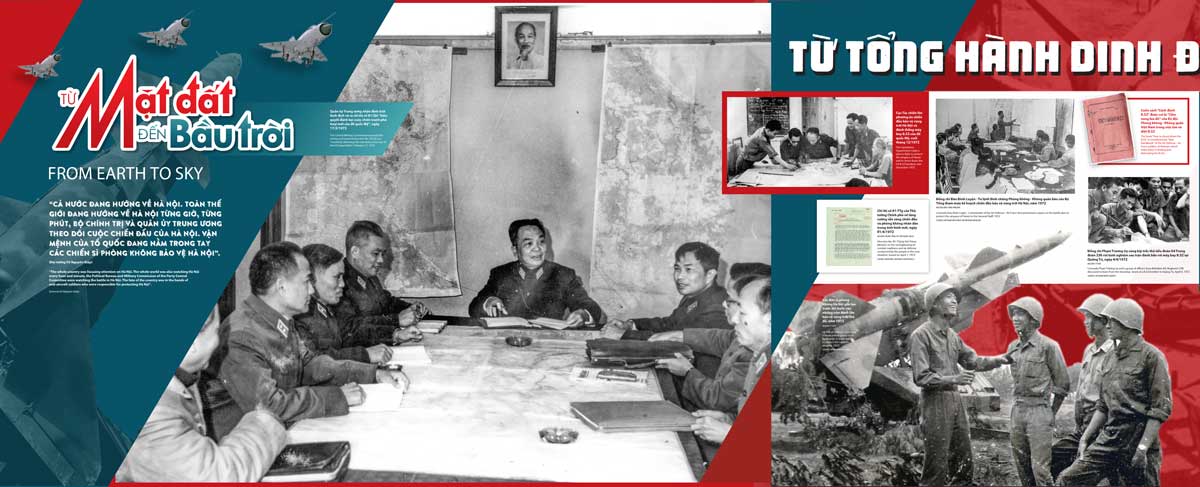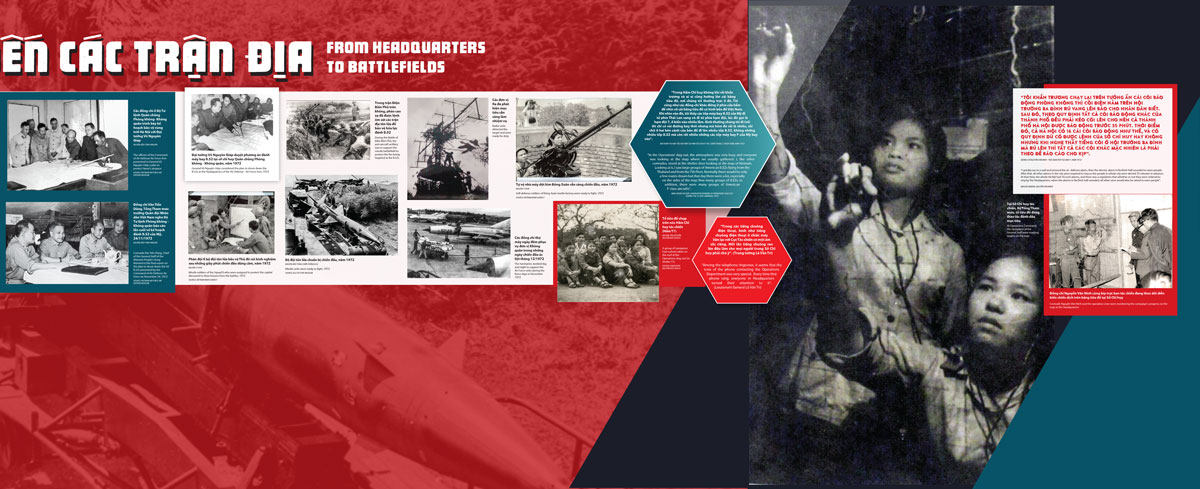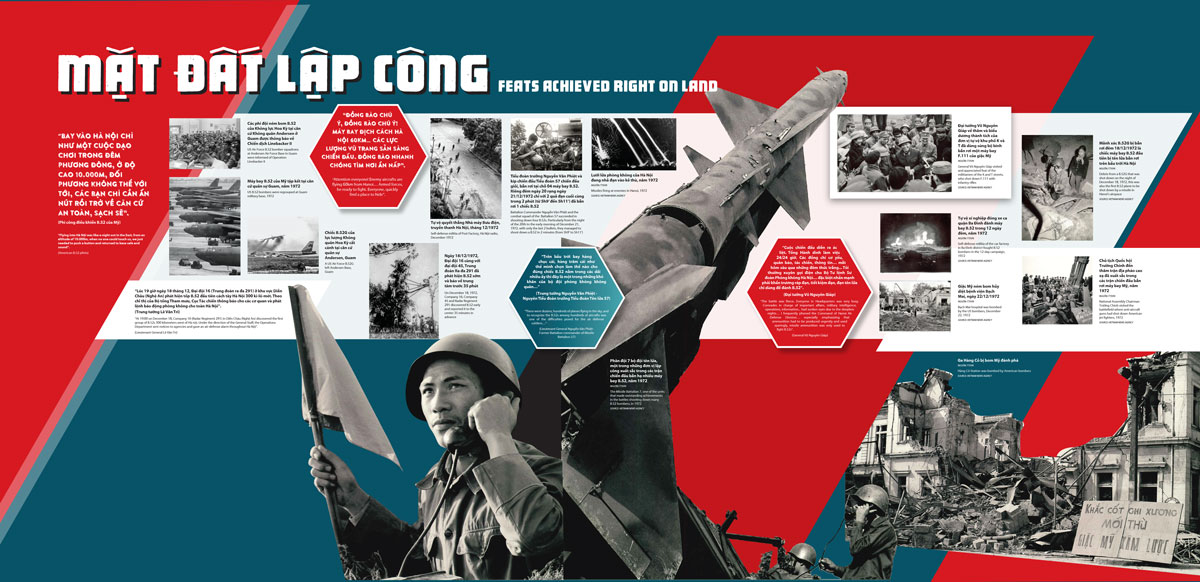


“Never before has the US B.52 forces encountered such an effective air
defense system and so many bombers were shot down in such a short
period of time”.
(AFP, 31 December, 1972)
It was narrated by an American pilot who participated in the
strategic Super flying fortress B.52-based air raid on Hanoi and the
northern provinces of Vietnam in late December 1972. The narration
was recorded by AFP news agency 2 days after the campaign ended.
The failure of B.52s in Hanoi airspace has become a momentous
event in world military history, or the terror of those who initiated this
campaign. For generations of Vietnamese people, this event will be
remembered as one of the most significant victories in the nation's
history.
The victory was the result of the determination of the Political
Bureau and the Military Commission of the Party Central Committee in
defeating the US imperialist conspiracy to escalate the sabotage war in
the North Vietnam. In particular, victory also shows the great vision of
President Hồ Chí Minh since he "predicted" early that the US would
bring B.52s to Hanoi. There, a multi-layered air defense network to fight
B.52s was set up by the Vietnam People's Army’s Headquarters and
combat units. There, feats were also achieved and lives were
sacrificed... Above all, Hanoi's army and people won a historic victory
forcing the US to enter into negotiations, sign the Paris Agreement and
withdraw its soldiers
And when the campaign had not ended yet, the Head of the White House then had to admit: “My fear these days does not come from the wave of protests and severe criticism in the country and the world, but from the heavy loss of B.52s”. (US President Richard Nixon)

50 years have passed since the B.52s were shot down in Hanoi
airspace. Many historical facts have been revealed, but the values and
historical lessons of this victory last forever. The exhibition “From earth
to sky” is planned around that goal. The exhibition is supposed to
clarify the air defense arrangement that the army and people of Hanoi
and the Northern provinces of Vietnam prepared, and the fight to
defeat the strategic air raid of the US under the codename Linerbaker II.
In particular, the exhibition also aims to clarify the commanding role
and the continuous connection between the fronts and the Operations’
dug-out (or Shelter T1).
The exhibition is the result of a collaboration among:
- Thăng Long - Hà Nội Heritage Conservation Centre
- B.52 Victory Museum, Political Department - High Command of
Hanoi Capital
- Veterans liaison committee of of Regiment 923
Along with the exhibition held at the Imperial Citadel of Thăng Long
- Hà Nội, another exhibition titled "Hà Nội - Điện Biên Phủ in the air "
was also held at B.52 Victory Museum. The exhibition, a continuation of
two parts of the cooperation program between the two agencies, aims
to clarify one of the important victories in Vietnam's military history:
"Hà Nội - Điện Biên Phủ in the air".
ORGANIZATION BOARD

The enemy continues to destroy, we keep going
Source: Trường Sinh (1972)
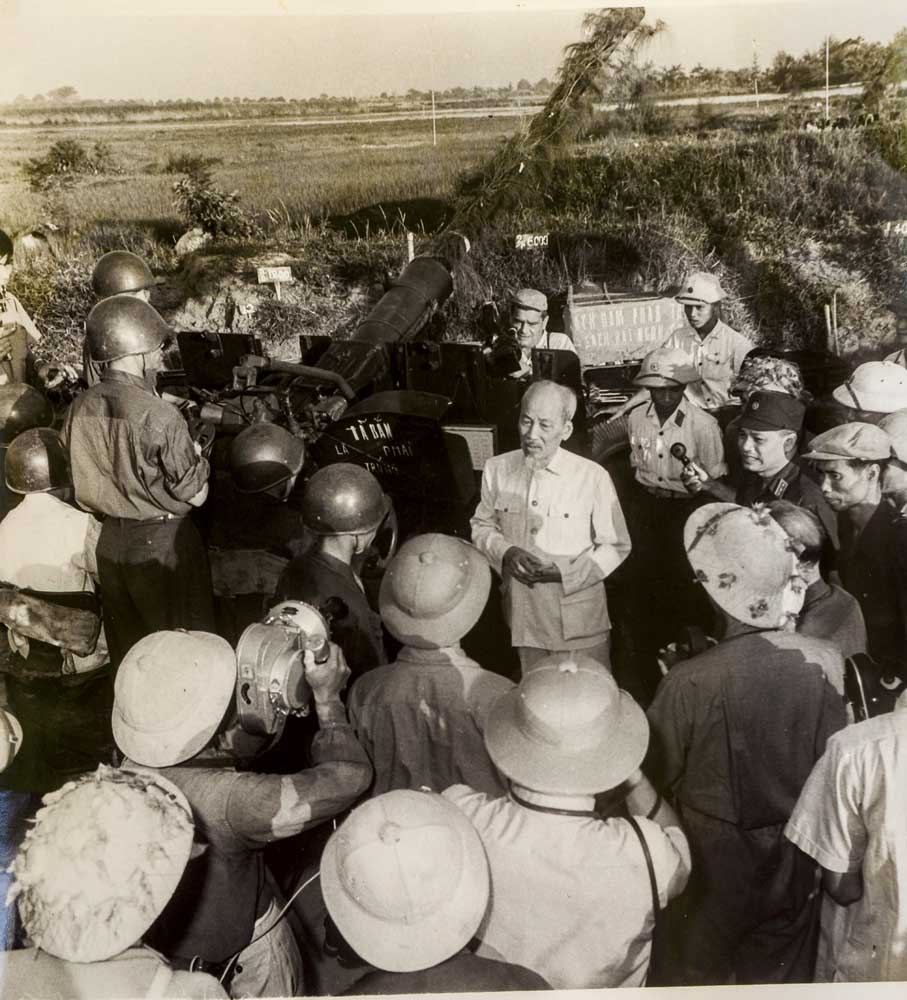
President Hồ Chí Minh visited soldiers of the Capital Defending Anti-aircraft Force, September 25, 1966

"Sooner or later Americans will also send B.52s
to attack Hanoi, and then they will admit
defeat if they fail. We must anticipate all
situations, as soon as possible, so that we can
have time for calculations and preparations...
In Vietnam, the Americans will inevitably fail,
but they will only admit defeat when they
have tried in vain in Hà Nội”.
(President Hồ Chí Minh)
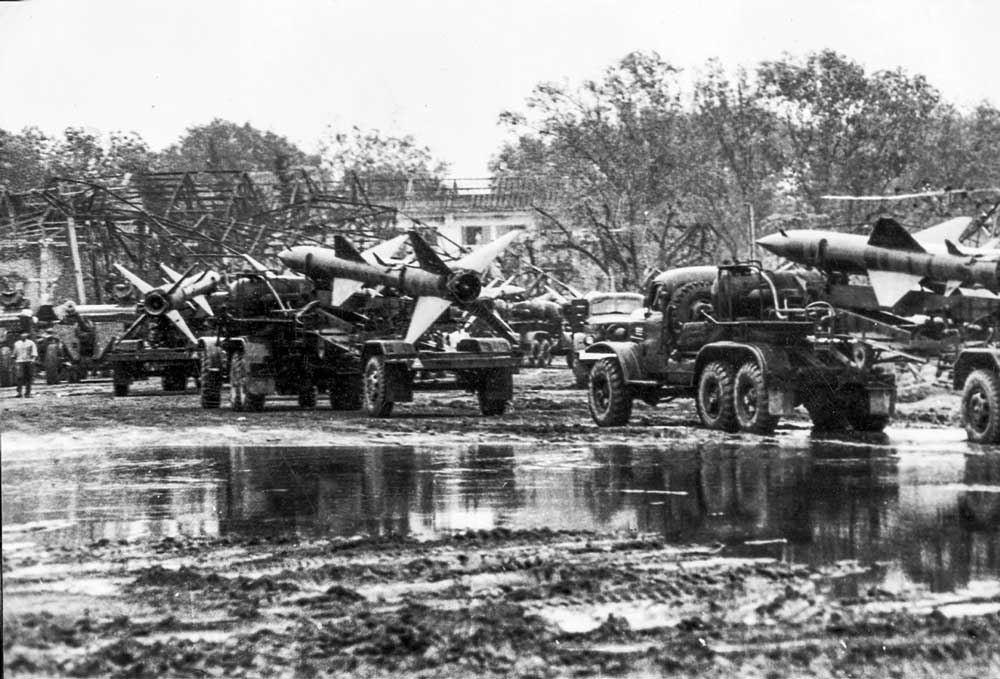
6 Air Defense Missile Regiments
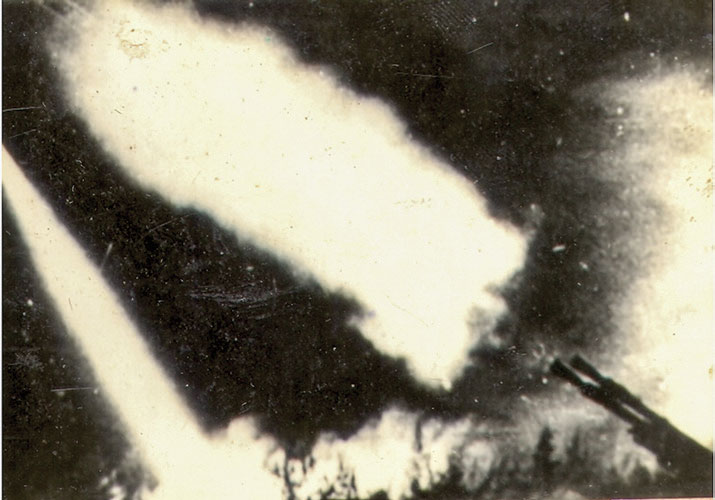
15 Anti-Aircraft Artillery Regiments and 8 Anti-Aircraft Artillery Battalions
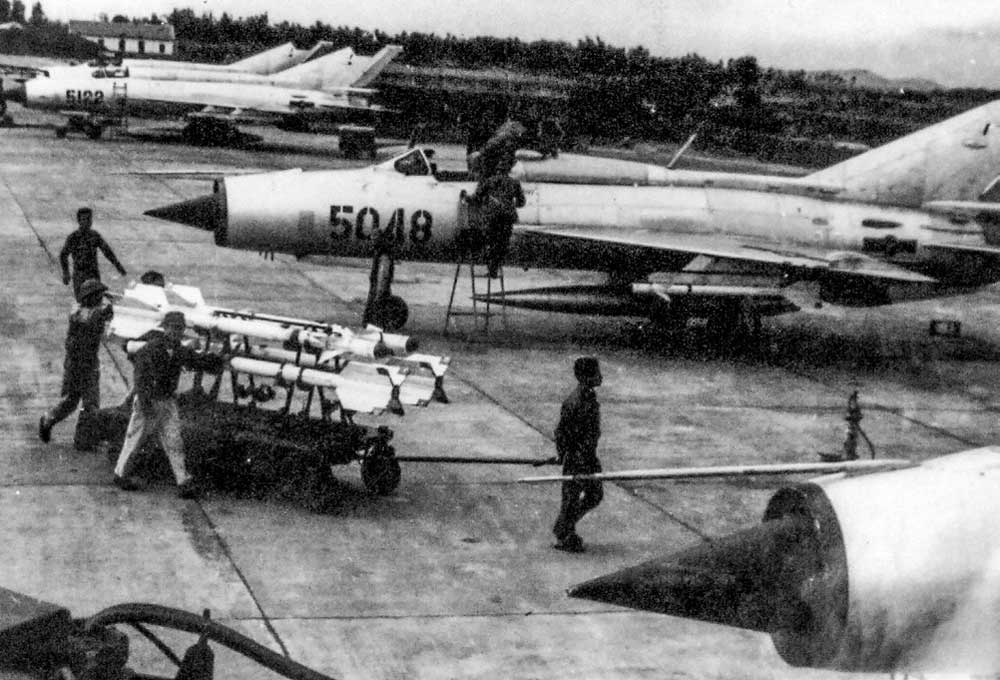
4 Air Force Regiments
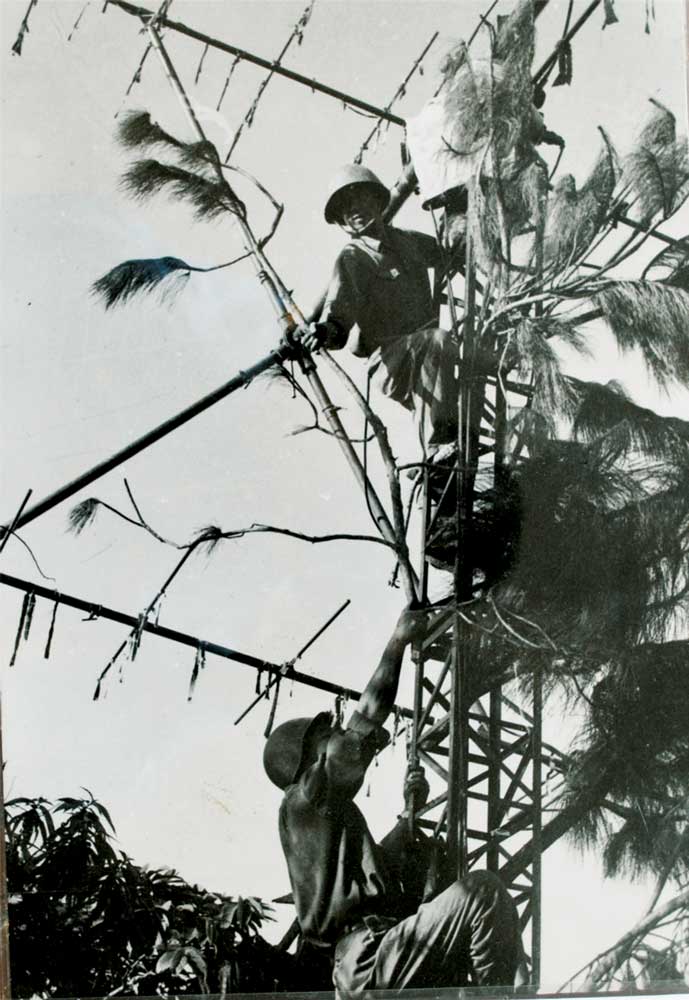
4 Radar Regiments
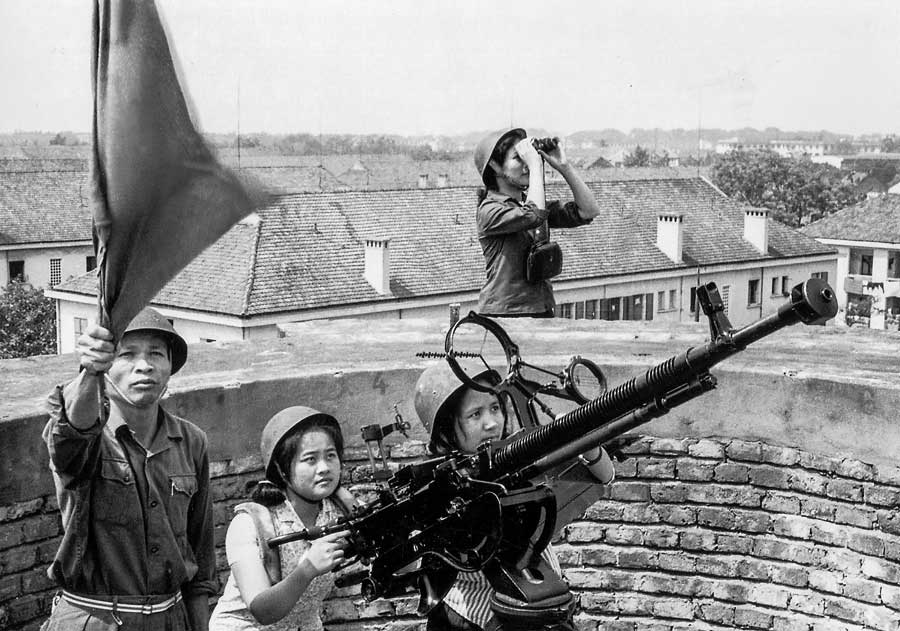
Squads of Self-defense militias all over the localities
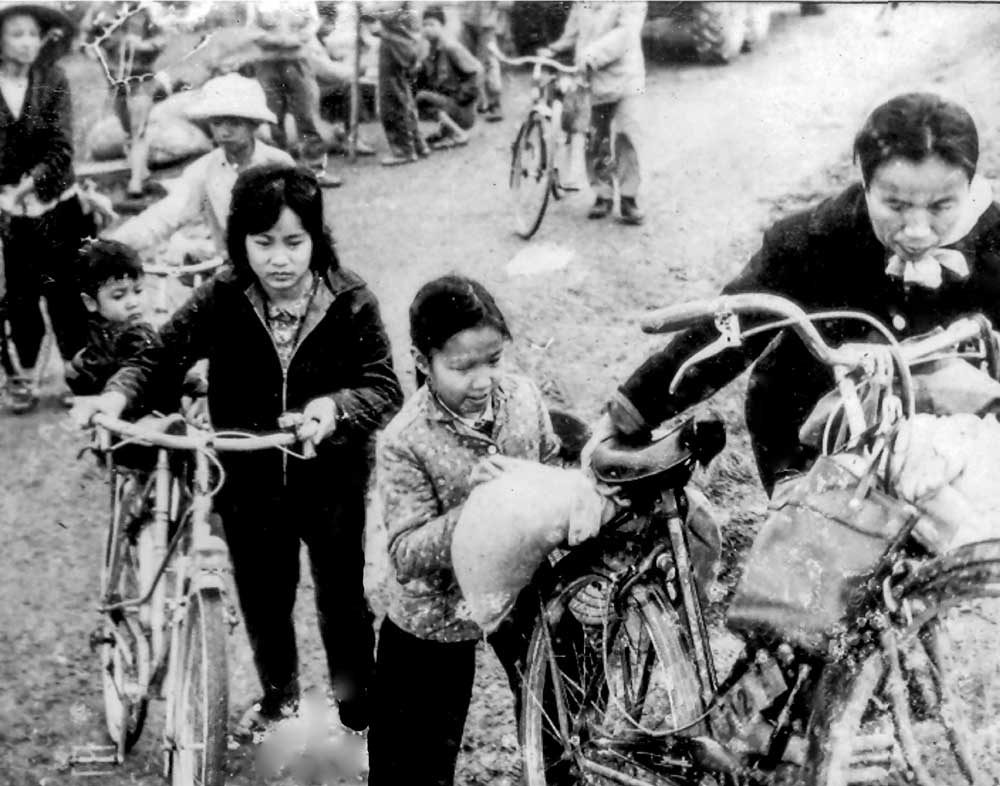
Hanoi residents evacuated
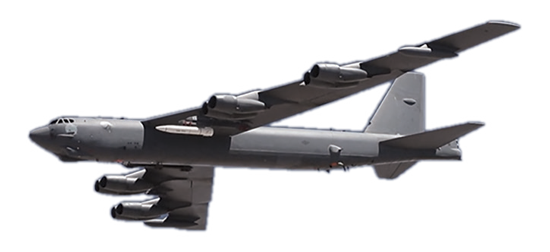
"Using electronic technology, the US Air Force can blind the entire North Vietnam radar system"
Wingspan (m): 56.39
Wing area (m2): 371.60
High flight range: 20km
Flight range: 20.000km without refueling.
Length (m): 49.05
Can carry 100 bombs with a total weight of 30 tons.
Each one is equipped with 16 active noise generators, 2 negative noise generators,
2 enemy radar receivers, etc, can disturb the entire information system
and disable all enemy radar stations.
When performing bombing missions, B.52s often fly in large groups, at least a group of 3 aircraft, on average,
6 groups, i.e. 18 to 21 fighters will fly together.
Along with the B.52 bombers are many other types of aircrafts including F.4, F.8, F.105… They fly around the
B.52 forming an "impenetrable" barrier.
A group of 3 B.52s will be able to level a place with an area of about 2 km2 to the ground.
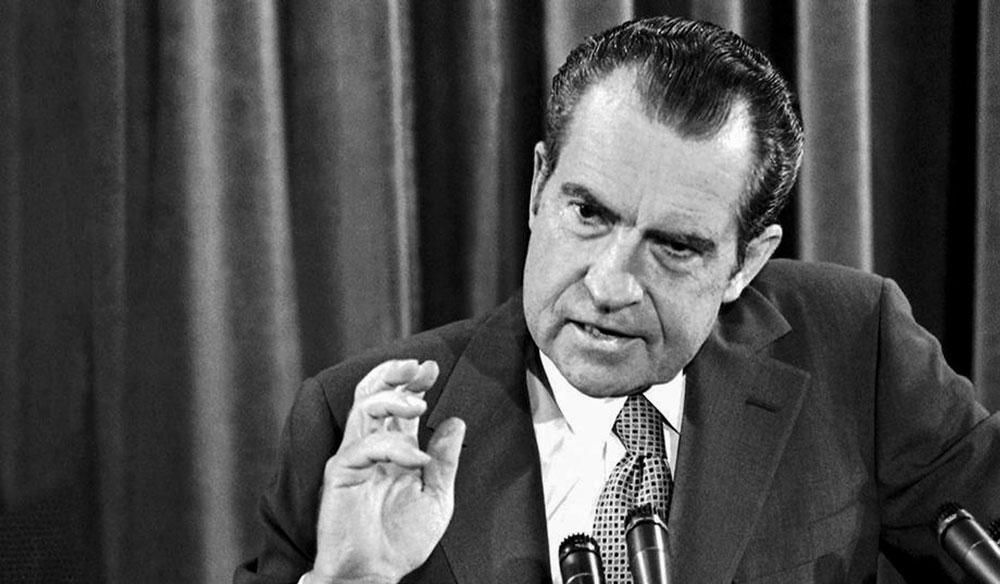
“On December 13, 1972, I decided to cancel a negotiation. On December 14,
1972, to prepare for bombings of Hà Nội and Hải Phòng launched with B.52
aircrafts, I ordered a dropping of torpedoes in Hải Phòng port and an aerial
reconnaissance of the whole North. It was the hardest decision I've ever made
as President”.
(Nixon's Memoirs)
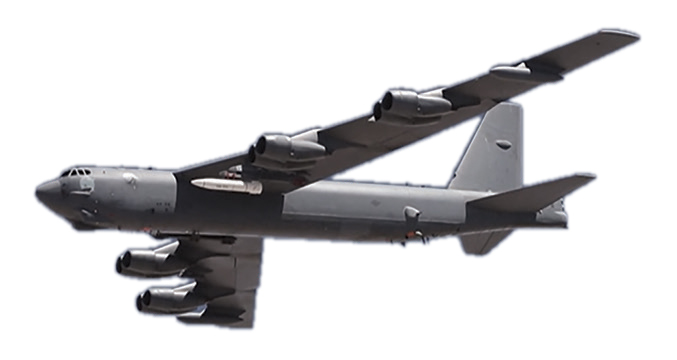
193/400 B.52 aircrafts; 663 take-offs
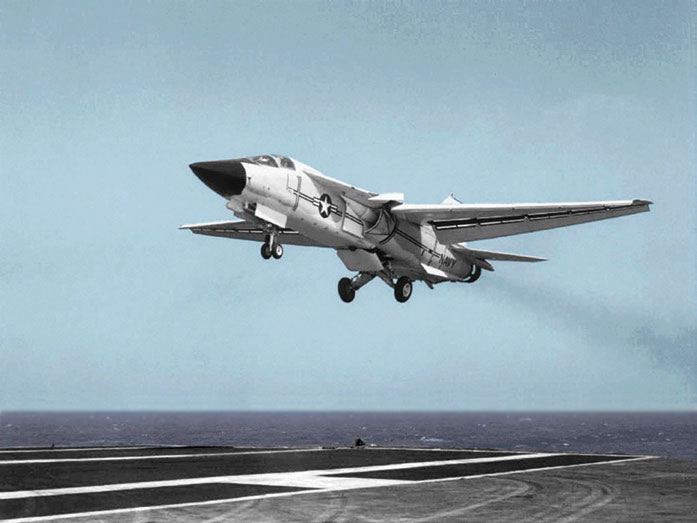
01 squadron of 150 F.111 aircrafts, 10 - 25 take-offs/one/ night
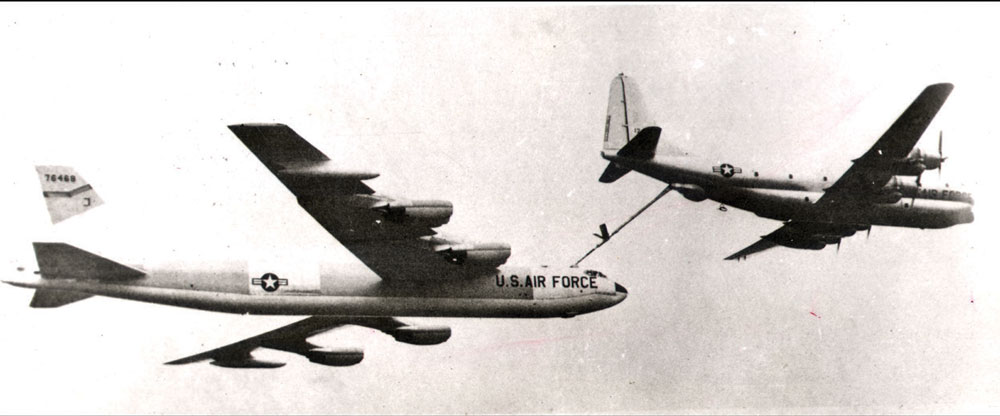
50 KC tanker aircrafts, 135 refuelings
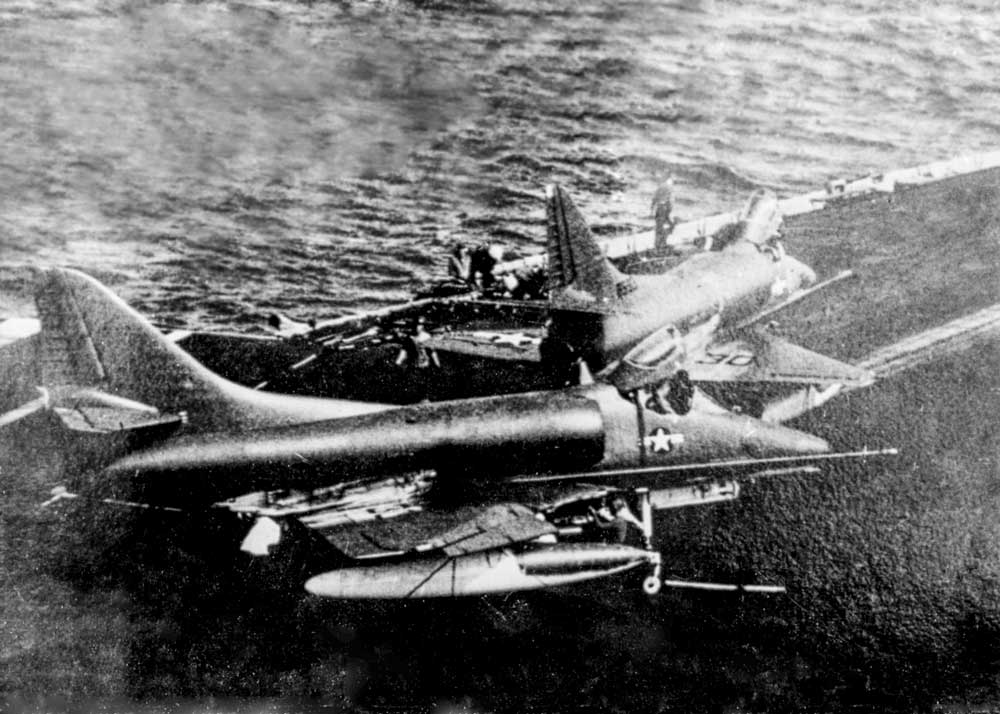
60 warships of all kinds of the Pacific 7th Fleet
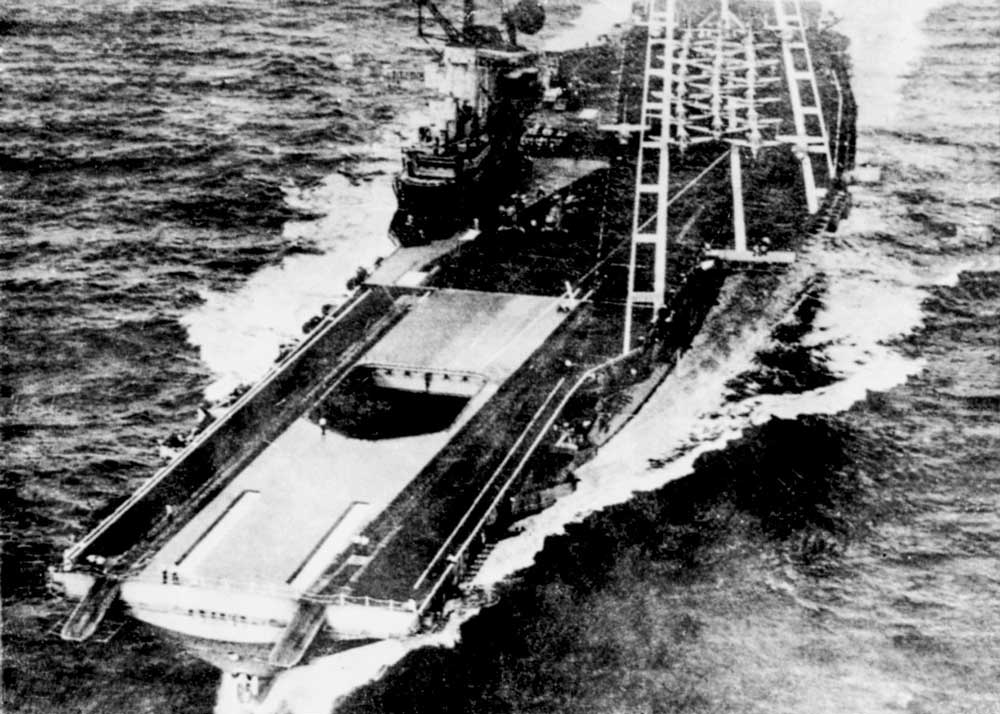
6/14 fleets of aircraft carriers off the South China Sea
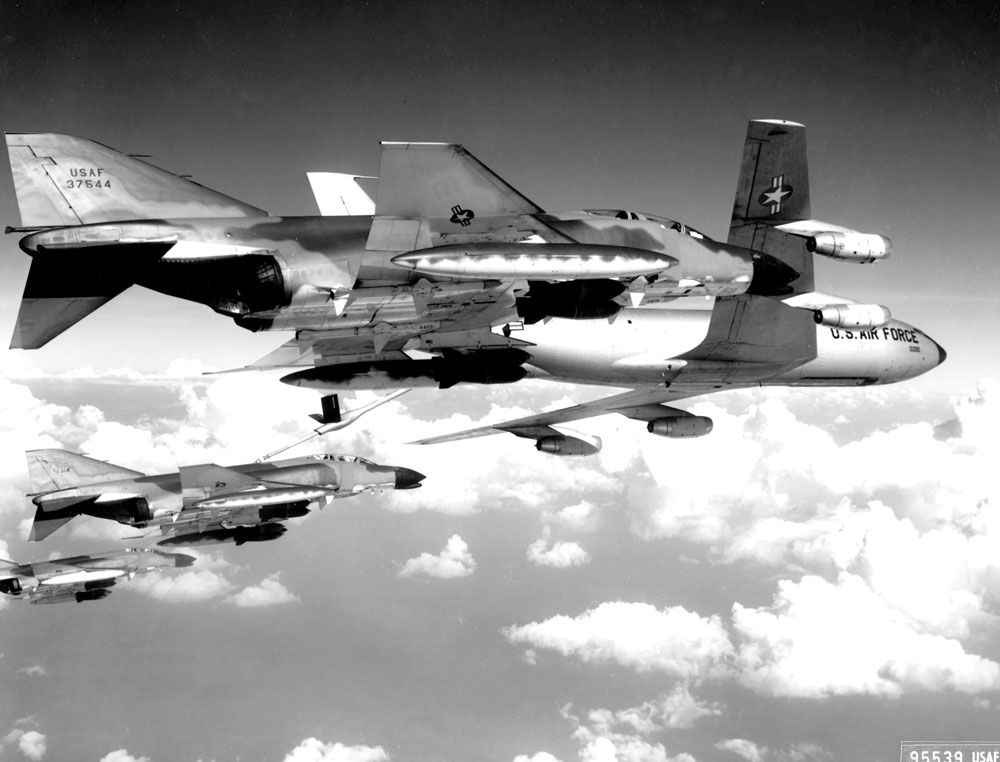
1.077/3.043 Tactical Aircrafts; 3.920 take-offs

The Central Military Commission assessed the enemy and issued Instruction No. 81/QU on "resolutely defeating the new destructive war of the US imperialists", February 17, 1972

“The whole country was focusing attention on Hà Nội. The whole world was also watching Hà Nội
every hour and minute, the Political Bureau and Military Commission of the Party Central
Committee were watching the battle in Hà Nội. The fate of the country was in the hands of
anti-aircraft soldiers who were responsible for protecting Hà Nội”.
(General Võ Nguyên Giáp)

The Operations Department made a plan to fight to protect the airspace of Hanoi and to shoot down the US B.52 bombers, late December 1972

Comrade Đào Đình Luyện - Commander of the Air Defense - Air Force Arm presented a report on the battle plan to
protect the airspace of Hanoi to the General Staff, 1972
Source: Vietnam Air Force-air
Defense Museum

The book "How to shoot down the B.52" is considered the "Red Handbook" of the Air Defense - Air Force soldiers of Vietnam which helps them in finding and destroying the B.52s

Directive No. 81-TTg by the Prime
Minister on the strengthening of
combat readiness and air defense
conducted by the people in the new
situation, issued on April 1, 1972
Source: National Archives Center No.3

Comrade Phạm Trương Uy and a group of officers from Battalion 64, Regiment 236
discussed to learn from the shooting- down of a B.52 bomber in Quảng Trị, April 4, 1972
Source: Vietnam News Agency

Hà Nội air defense units took
a break before going on to
participate in major battles
to protect the capital's
airspace, 1972
Source: Vietnam News Agency
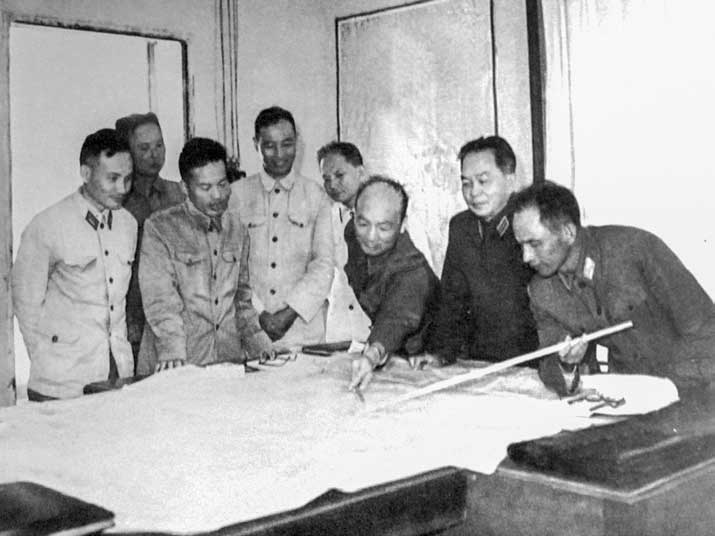
The officers of the Command
of Air Defense Air Force Arm
presented to General Võ
Nguyên Giáp a plan to
protect Hanoi's airspace
Source: Vietnam Air Force-air
Defense Museum
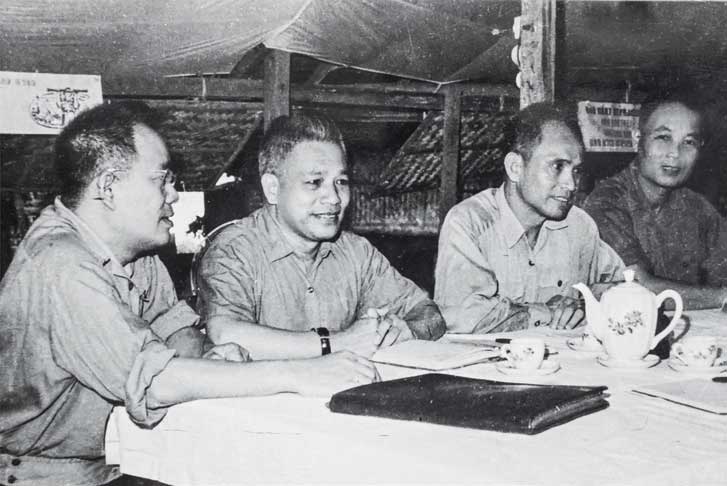
Comrade Văn Tiến Dũng, Chief
of the General Staff of the
Vietnam People's Army
listened to the final report on
the plan to shoot down the US
B.52s presented by the
Command of Air Defense Air
Force on November 24, 1972
Source: Vietnam Air Force-air
Defense Museum
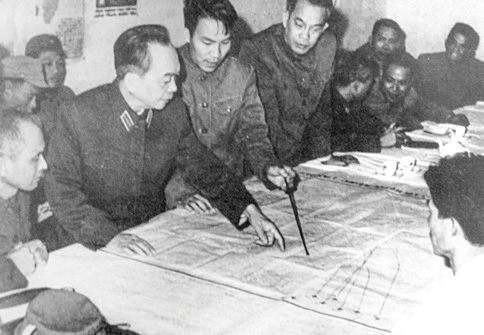
General Võ Nguyên Giáp considered the plan to shoot down the B.52s at the Headquarters of the Air Defense - Air Force Arm, 1972
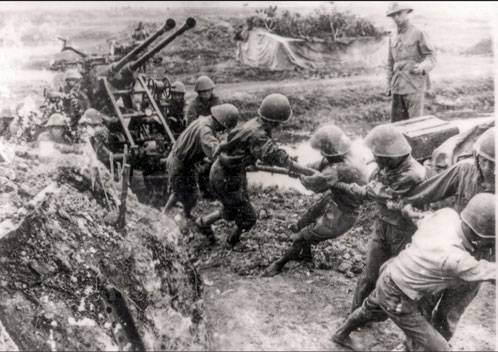
During the Battle of Điện Biên Phủ, the anti-aircraft artillery was to support the missile battlefield to protect the fire being targeted at the B.52s
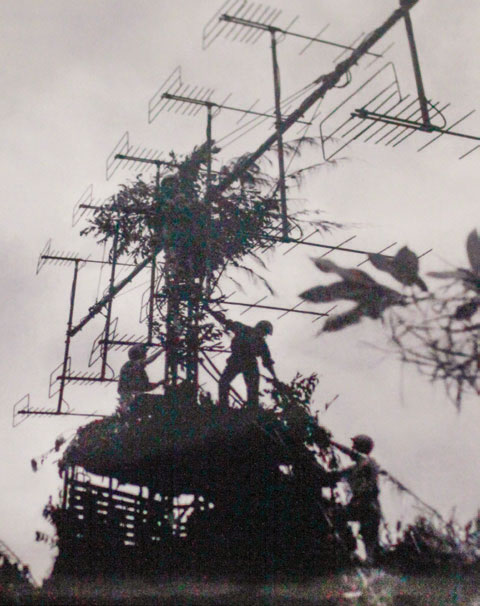
Radar units detected the target and were ready for duty
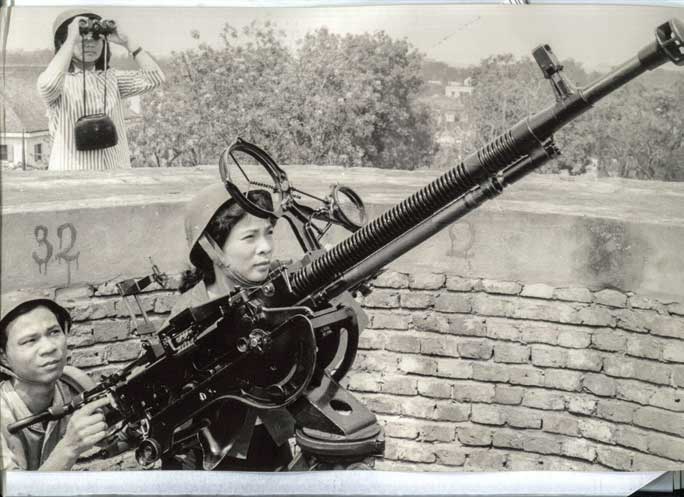
Self-defense soldiers of Đông Xuân textile factory were ready to fight, 1972
Source: Vietnam News Agency

Missile soldiers of the Squad 6 who were assigned to protect the capital
discussed to draw lessons from the battles, 1972
Source: Vietnam News Agency

Missile units were ready to fight, 1972
Source: B.52 Victory Museum
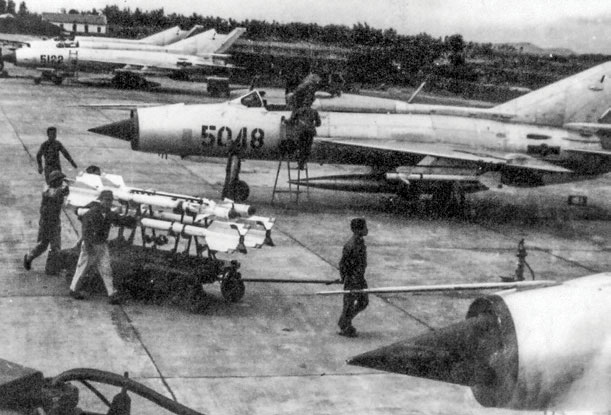
The mechanics worked day and night to support the Air Force units during the fierce days in December 1972
“In the Operations’ dug-out, the atmosphere was very busy and everyone
was looking at the map where we usually gathered. I, like other
comrades, stood at the shelter door looking at the map of Vietnam.
Looking at it, I saw large groups of American B.52s flying from the
Thailand and from the 7th Fleet. Normally there would be only
a few routes drawn but that day there were a lot, especially
on the sides of the map flew many groups of B.52s, in
addition, there were many groups of American
F-class aircrafts”.
(Mrs. Đoàn Thị Hợp, A Navigator Working At Operations’ Dug-Out
During The 12-Day Campaign, 1972)
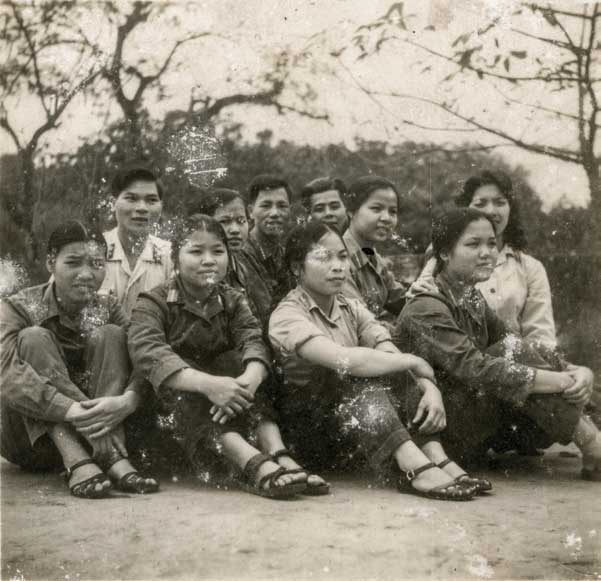
A group of navigators
had a photo taken on
the roof of the
Operations’ dug-out (or
Shelter T1)
Source: Navigator
Nguyễn Đức Khách
“Among the telephone ringtones, it seems that the
tone of the phone contacting the Operations
Department was very special. Every time that
phone rang, everyone in Headquarters
turned their attention to it”.
(Lieutenant General Lê Văn Tri)
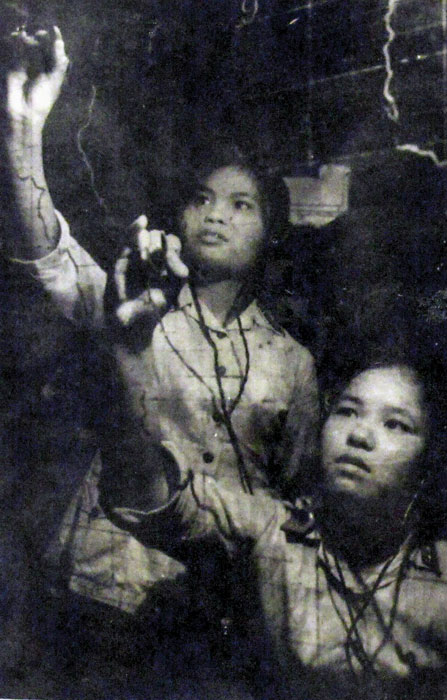
At Operations Command, the navigators of the General Staff were marking targets on the map
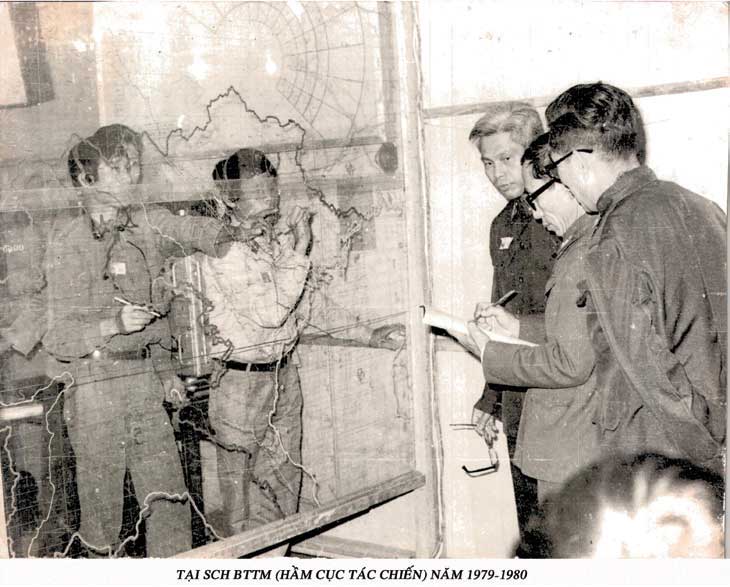
“I quickly ran to a wall and pressed the air -defense alarm, then the electric alarm in Ba Đình Hall sounded to warn people.
After that, all other alarms in the city were required to ring so the people in whole city were alerted 35 minutes in advance.
At that time, the whole Hà Nội had 16 such alarms, and there was a regulation that whether or not they were ordered to
ring by the Headquarters, when the alarms in Ba Đình hall sounded, all other ones would also be raised to warn people".
(Major General Nguyễn Văn Ninh)

Comrade Nguyễn Văn Ninh and the operation crew were monitoring the campaign's progress on the map at the Headquarters
“Flying into Hà Nội was like a night out in the East, from an
altitude of 10.000m, when no one could touch us, we just
needed to push a button and returned to base safe and
sound”.
(American B.52 pilots)

US Air Force B.52 bomber squadrons at Andersen Air Force Base in Guam were informed of Operation Linebacker II

US B.52 bombers were regrouped at Guam military base, 1972

A US Air Force B.52G left Andersen Base, Guam

On December 18, 1972, Company 16, Company 45 and Radar Regiment 291 discovered B.52 early and reported it to the center 35 minutes in advance

“At 19:00 on December 18, Company 16 (Radar Regiment 291) in Diễn Châu (Nghệ An) discovered the first
group of B.52s 300 kilometers west of Hà nội. Under the direction of the General Staff, the Operations
Department sent notices to agencies and gave an air-defense alarm throughout Hà Nội”.
(Lieutenant General Lê Văn Tri)

"Attention everyone! Enemy aircrafts are flying 60km from Hanoi… Armed forces, be ready to fight. Everyone, quickly find a place to hide”.

Self-defense militia of Post Factory, Hà Nội radio, December 1972

Battalion Commander Nguyễn Văn Phiệt and the combat squad of the Battalion 57 succeeded in shooting down four B.52s. Particularly from the night of the 20th to the early morning of December 21, 1972, with only the last 2 bullets, they managed to shoot down a B.52 in 2 minutes (from 5h9' to 5h11')

Missiles firing at enemies in Hanoi, 1972
Source: Vietnam News Agency

The Missile Battalion 7, one of the units
that made outstanding achievements
in the battles shooting down many
B.52 bombers, in 1972
Source: Vietnam News Agency

“There were dozens, hundreds of planes flying in the sky, and
to recognize the B.52s among hundreds of aircrafts was
one of the difficulties posed for the air defense
soldiers…”
(Lieutenant General Nguyễn Văn PhiệtFormer Battalion commander of Missile
Battalion 57)

“The battle was fierce. Everyone in Headquarters was very busy.
Comrades in charge of important affairs, military intelligence,
operations, information... had sunken eyes due to the sleepless
nights… I frequently phoned the Command of Hanoi Air
Defense Division… especially emphasizing that
ammunition had to be produced urgently and used
sparingly, missile ammunition was only used to
fight B.52s”.
(General Võ Nguyên Giáp)

General Võ Nguyên Giáp visited
and appreciated feat of the
militiamen of the K and T streets,
who shot down F.111 with
infantry rifles
Source: Vietnam News Agency
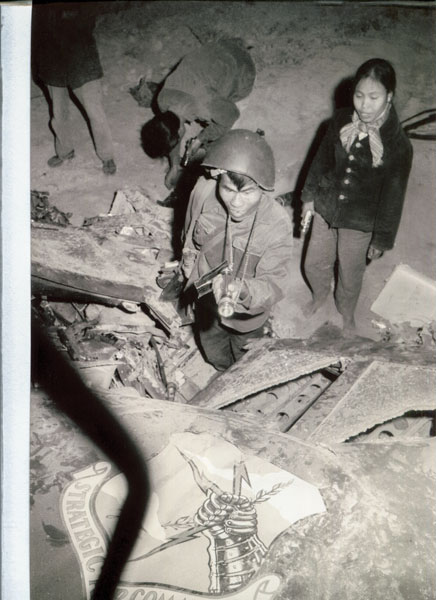
Debris from a B.52G that was
shot down on the night of
December 18, 1972, this was
also the first B.52 plane to be
shot down by a missile in
Hanoi's airspace
Source: Vietnam News Agency

Self-defense militia of the car factory
in Ba Đình district fought B.52
bombers in the 12-day campaign,
1972
Source: Vietnam News Agency
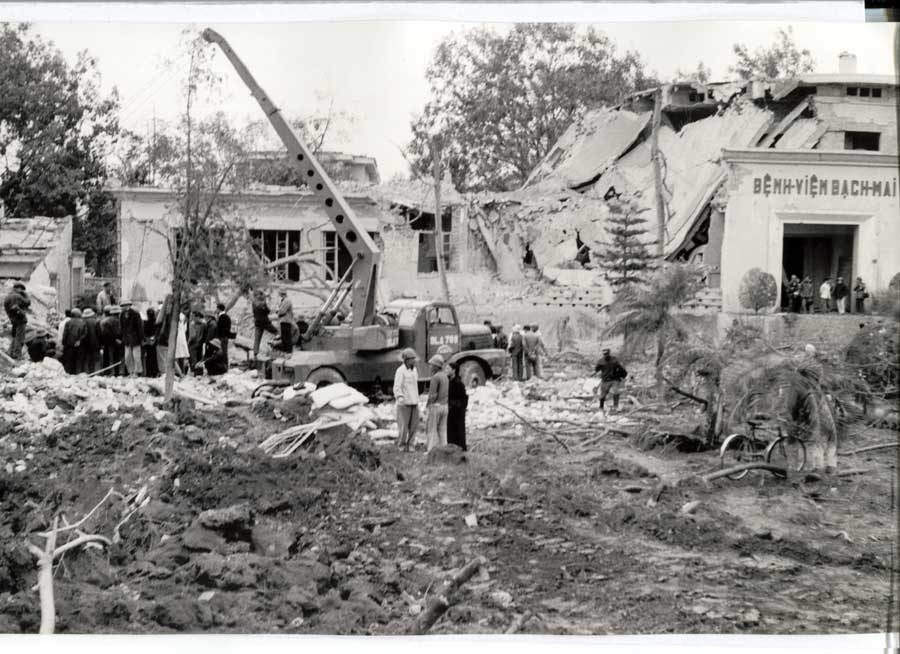
Bạch Mai hospital was bombed
by the US bombers, December
22, 1972
Source: Vietnam News Agency

National Assembly Chairman
Trường Chinh visited the
battlefield where anti-aircraft
guns had shot down American
jet fighters, 1972
Source: Vietnam News Agency
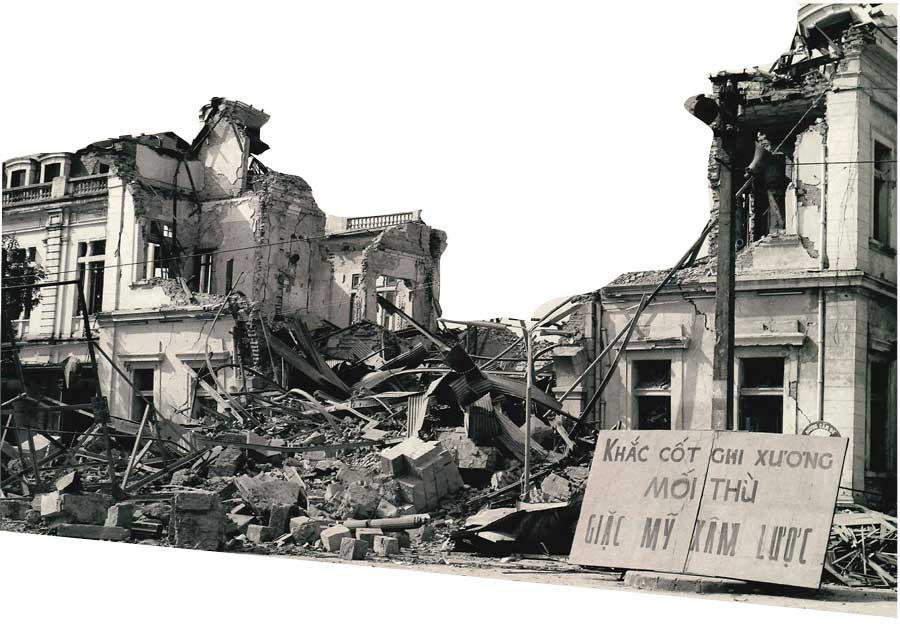
Hàng Cỏ Station was bombed by American bombers
Source: Vietnam News Agency
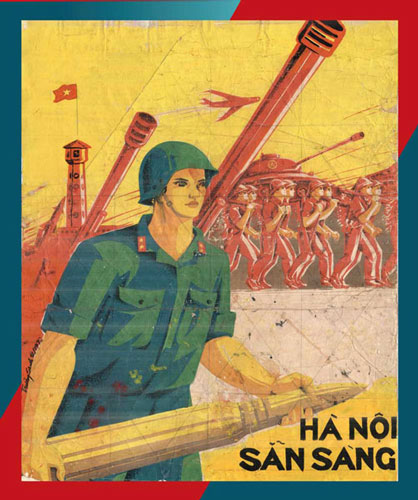
Hanoi is ready
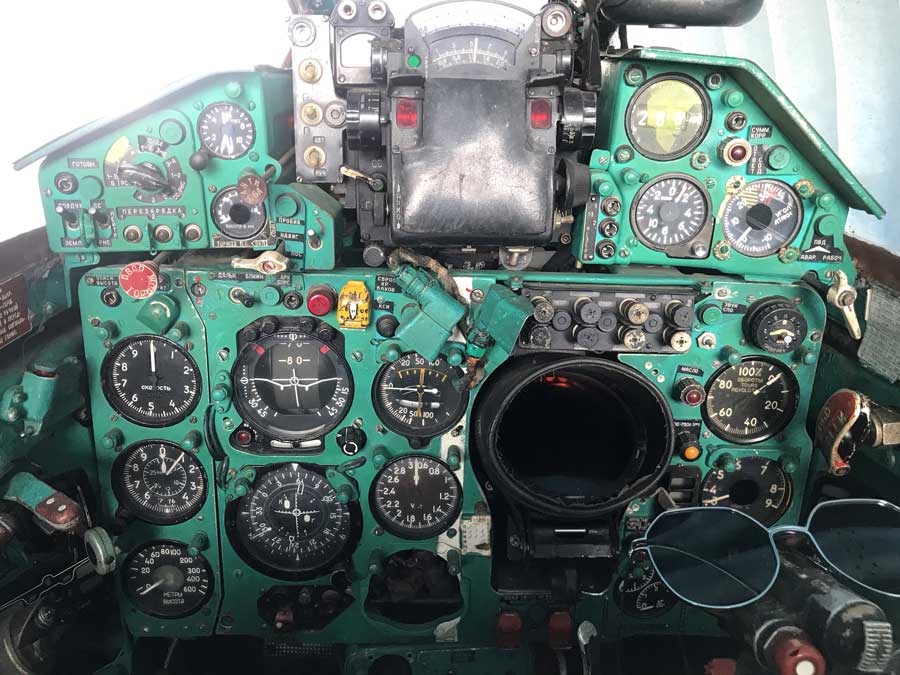
“The enemy will focus their attacks on the
fronts where the missiles are disposed. We
have to find a way to protect the missiles so
that we can continuously fight B.52s. Make
sure the number of bullets so that the
combat will not be interrupted. Try to
demonstrate the full capabilities of the air
force in fighting B.52”.
(General Võ Nguyên Giáp)
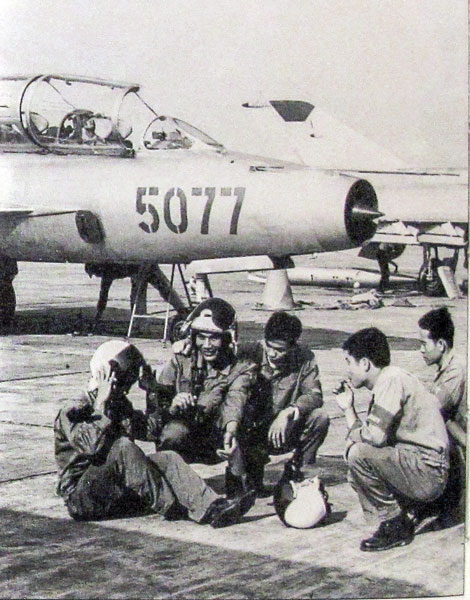
Nguyễn Đức Soát, a heroic pilot, with his comrades, shot down 6 American jet fighters
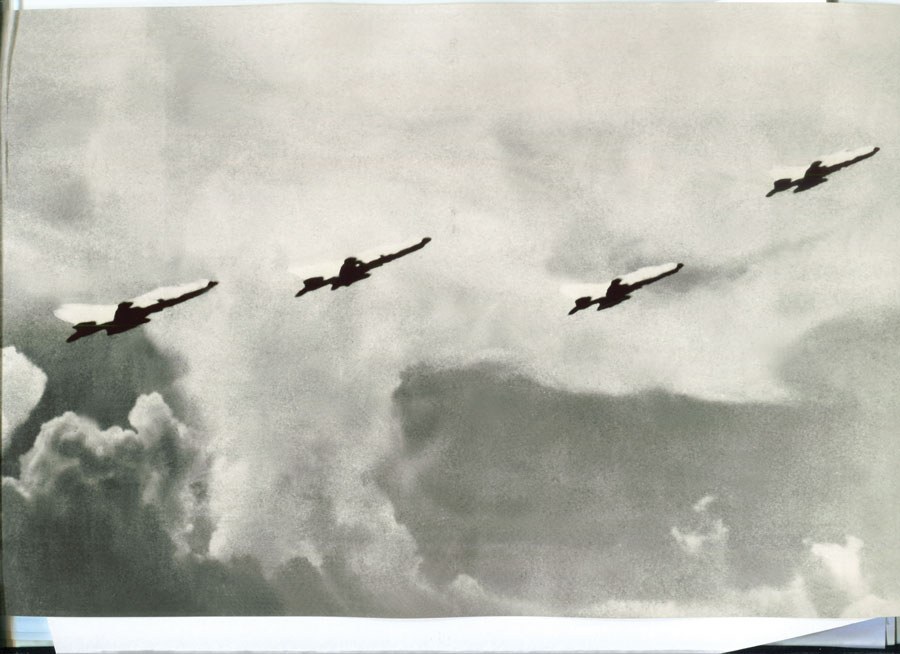
Vietnamese jet fighters took off, 1972
Source: Vietnam News Agency
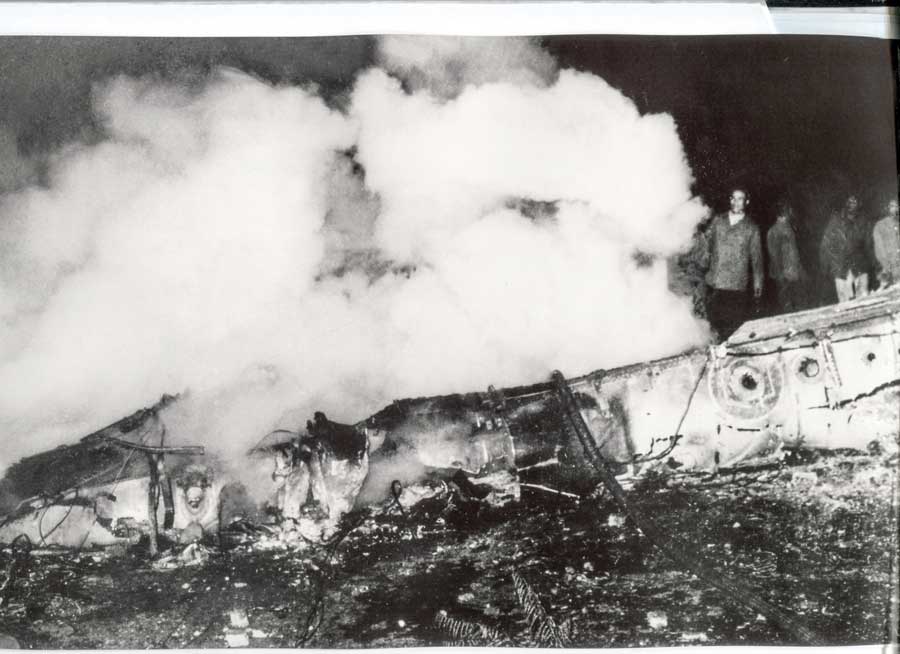
The plane hit was on fire in Hoàng Hoa Thám street,
December 1972
Source: Vietnam News Agency

“Never before has the US B.52 encountered
such an effective air defense system and
so many bombers were shot down in
such a short period of time”.
(AFP, 31 DECEMBER, 1972)

Pilot Vũ Xuân Thiều, Fighter Regiment 927, piloted a
MIG.21 and shot down a B.52, on December 28, 1972
Source: Vietnam News Agency

“B.52, we are all ready to fight, at any cost
and under any conditions…”.
(Pilot Vũ Xuân Thiều)
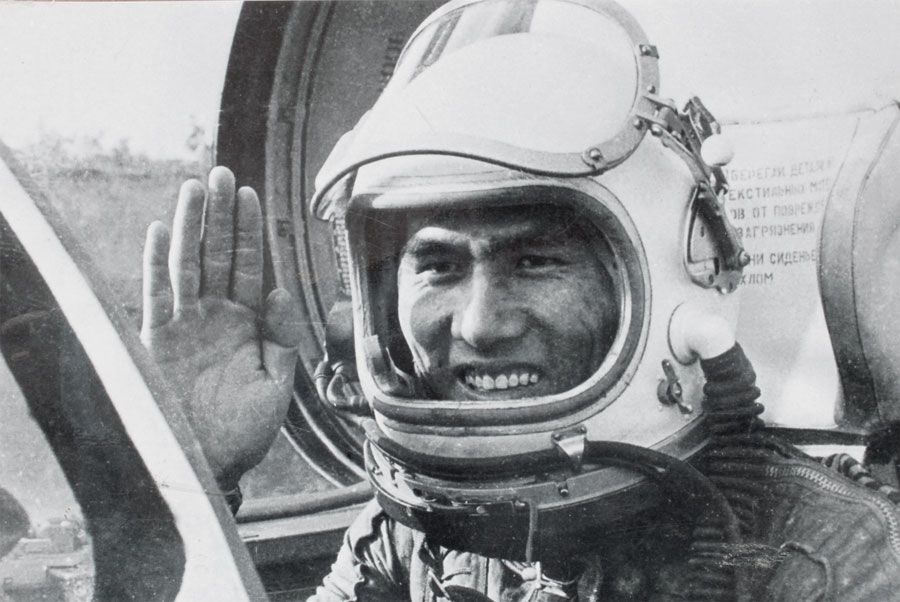
Comrade Phạm Tuân, Regiment
921 participated in the night
battle on December 27, 1972 and
shot down a B.52 bomber at Mộc
Châu, Sơn La
Source: Vietnam News Agency

"That day, contact with the ground was very good and clear. When the B.52 was about
3km away, I was ordered to shoot, but I still told to wait. Then I continued to take aim
until the distance became closer, the commander was impatient and afraid that I might
crash into the enemy plane, so he ordered me to shoot, at that time I aimed and pulled
the trigger to launch 2 missiles and at the same time controlled the plane to fly up,
then the enemy B.52 also exploded. That was the first time the air force shot down a
B.52. We were very happy that the mission was completed!”.
(Lieutenant General Phạm Tuân)
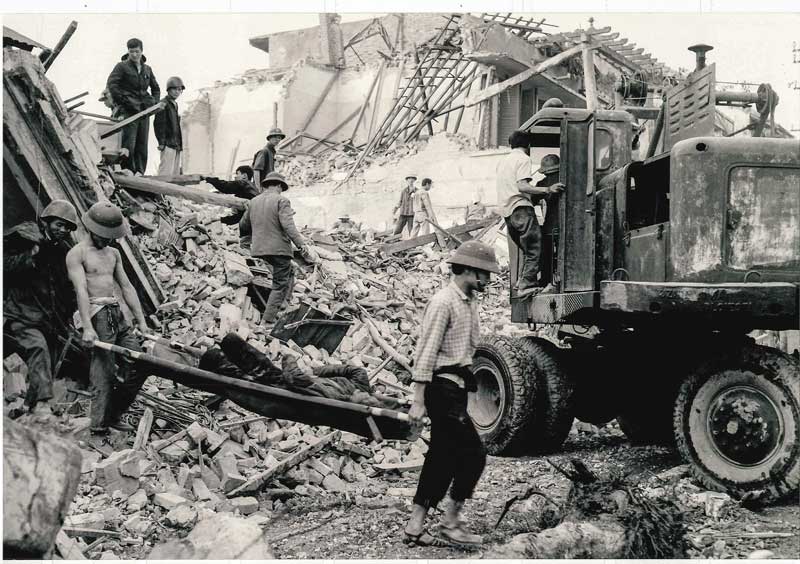
Houses No. 34 - 54 in Khâm Thiên street were destroyed by
B.52 bombers, December 26, 1972
Source: Vietnam News Agency
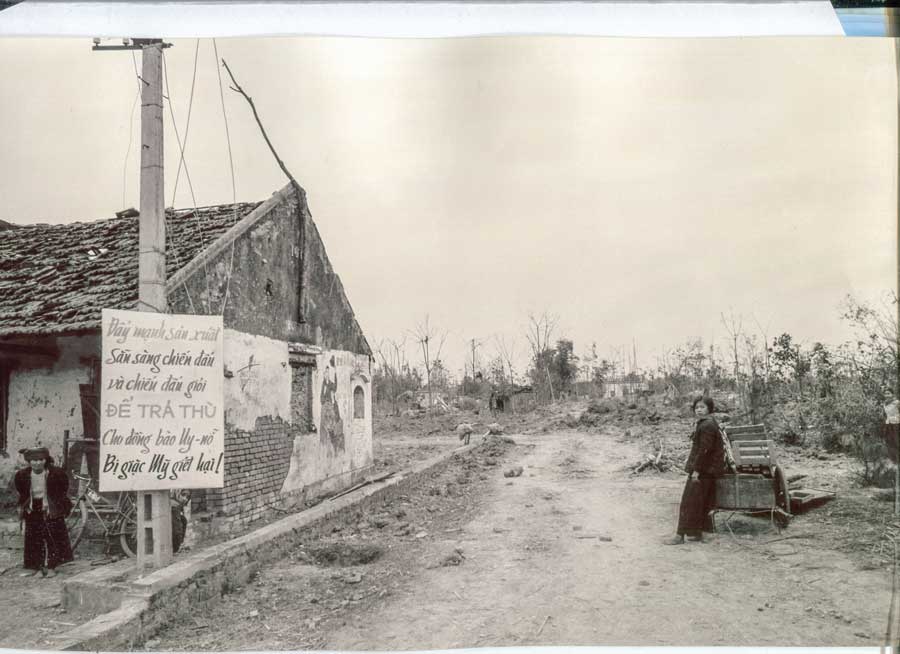
The US B.52 bombers dropped carpet bombs sabotaging Uy Nỗ
commune, Đông Anh district, on December 26, 1972
Source: Vietnam News Agency
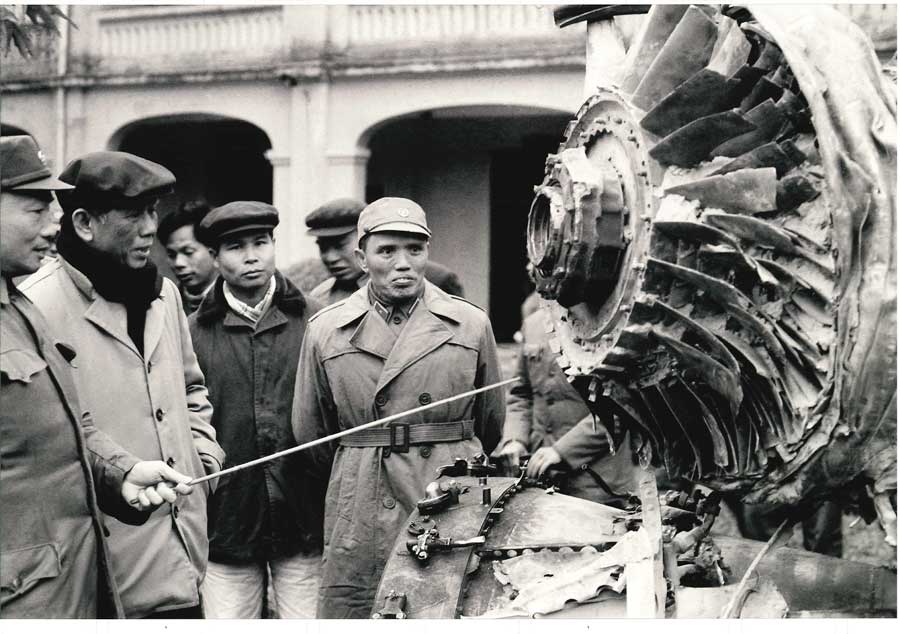
Comrade Lê Duẩn, Secretary of the Party, standing in front of a B.52 shot down by the Vietnamese forces in Hanoi in 1972
Source: Vietnam News Agency
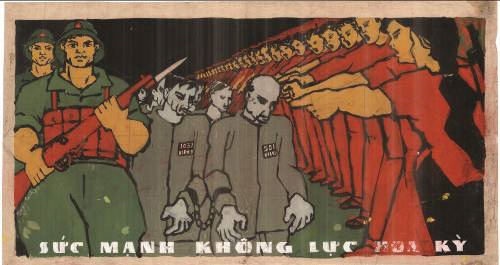
Power of the US Air Force
Painter: Trường Sinh
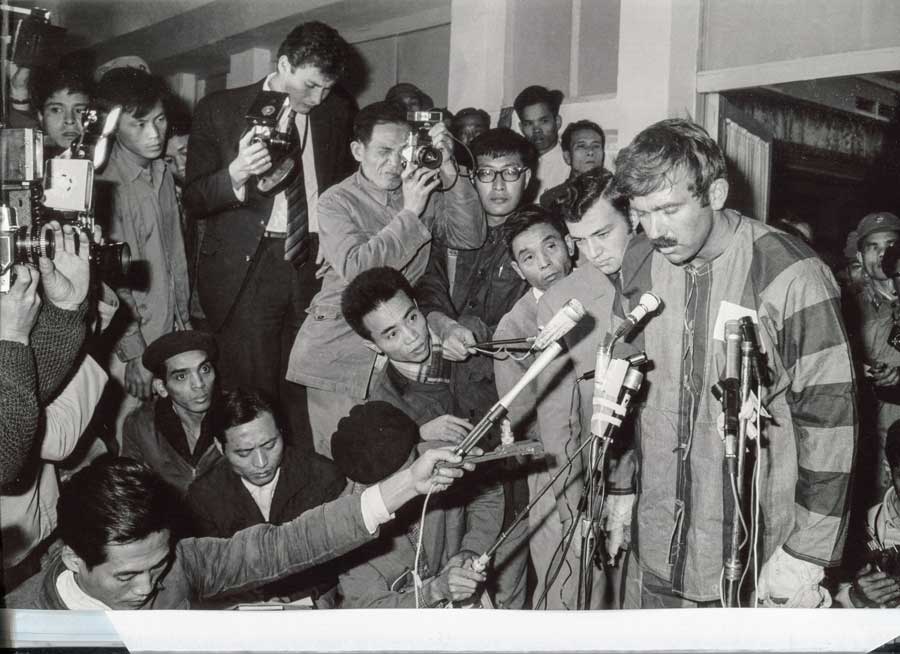
One of the American POW
pilots presented himself
and confessed before a
press conference,
December 19, 1972
Source: Vietnam News Agency
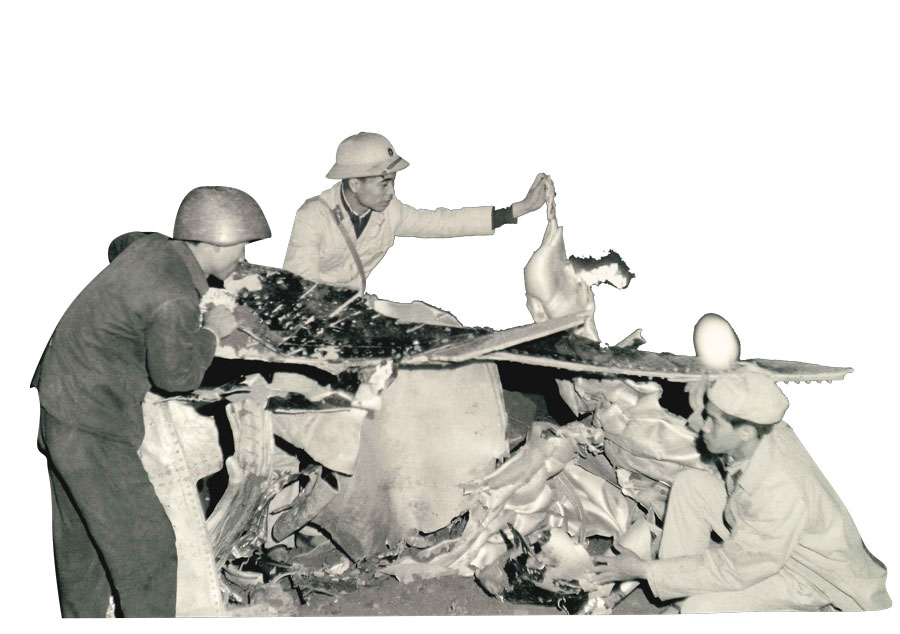
The shot-down B.52 bomber and the belongings of
the American pilot, December 20, 1972
Source: Vietnam News Agency
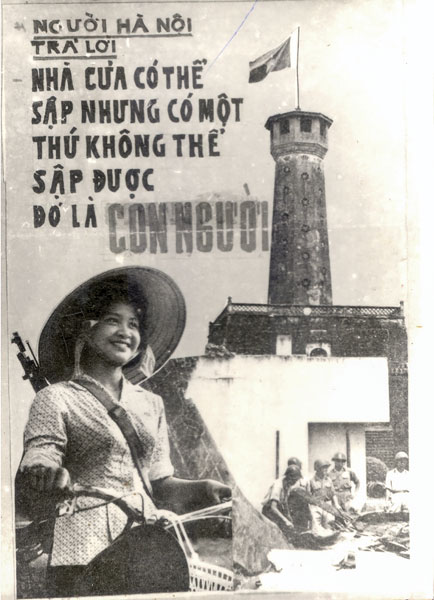
Symbol of victory
Hanoians replied:
“Houses may be ruined, but PEOPLE
may not”
Source: Vietnam News Agency
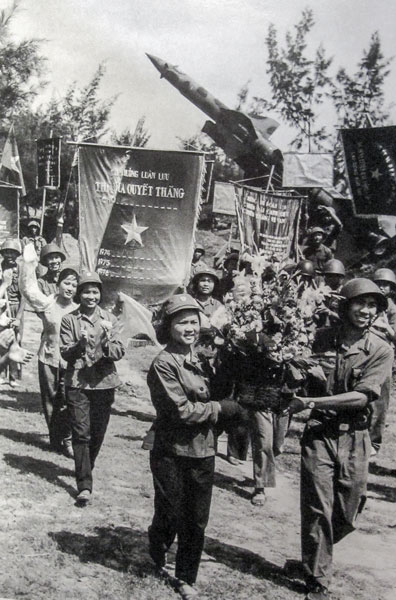
Soldiers and Hà Nội people shared the joy of shooting down B.52, 1972
Source: Vietnam News Agency
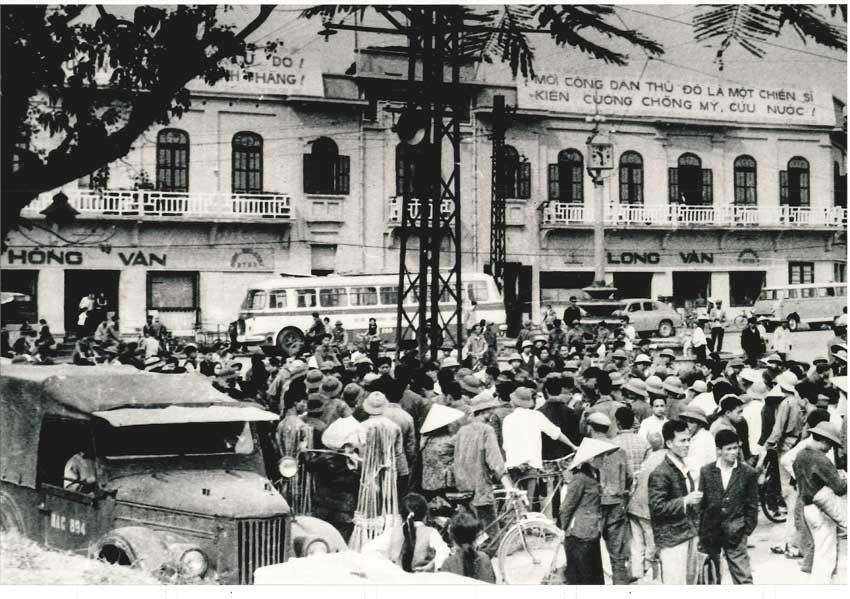
Hà Nội people gathered under loudspeakers listening attentively to information about the
signing ceremony of the Paris Agreement
Source: Vietnam News Agency
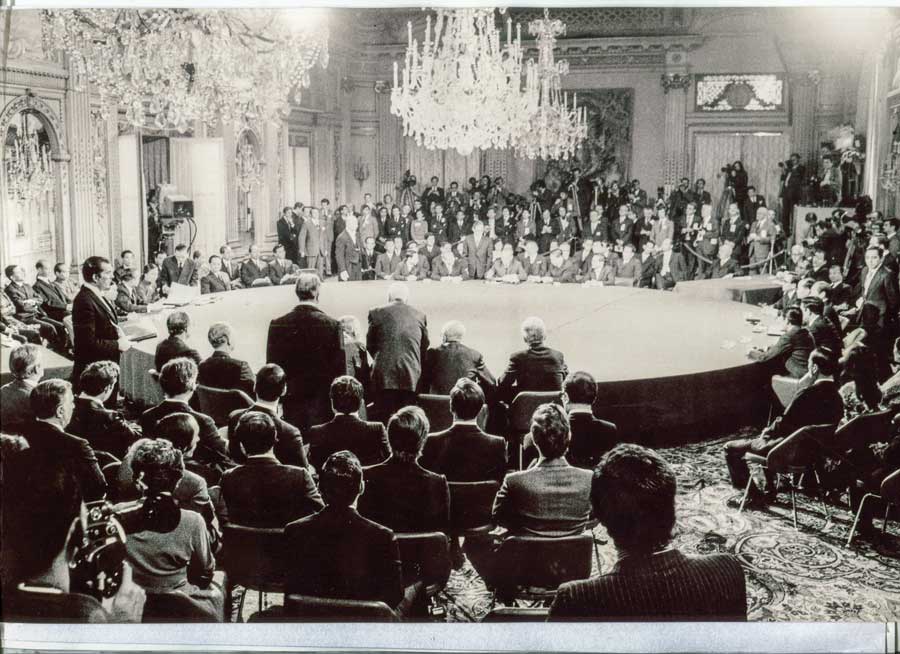
The signing ceremony of the Paris Agreement on
Vietnam was held at the Center for International
Conferences, Paris, the capital of France, on January
27, 1973
Source: Vietnam News Agency
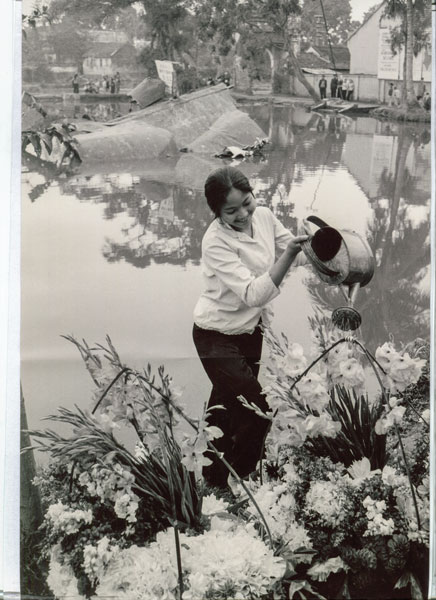
Flowers and the
winner, the
photo was taken
next to a
shot-down B.52
bomber
Source: Vietnam News Agency

Prime Minister Phạm Văn Đồng and all
classes of people in Hà Nội welcomed special
advisor Lê Đức Thọ and Minister of Foreign
Affairs Nguyễn Duy Trinh who had just won
the victory and returned to Hà Nội from Paris,
on the morning of the first day of Lunar Tet
holiday, (February 3, 1973).
Source: Vietnam News Agency
